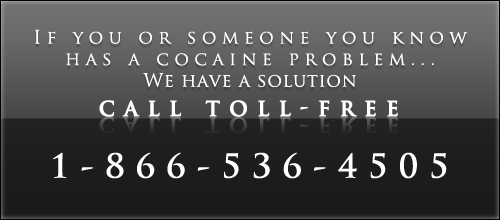Navigate
- International Drug Statistics
- Marijuana Statistics
- Nicotine Statistics
- Prescription Drug Abuse Statistics
- Statistics on Drug Abuse in America
- Statistics on Teen Drug Use
- Steroid Statistics
- Alcohol Statistics
- Cocaine Statistics
- College Drug Use Statistics
- Crack Statistics
- Drug Related Death Statistics
- Drug Trafficking Statistics
- Drug Statistics
- Drunk Driving Statistics
- Ecstasy Statistics
- Heroin Statistics
- Inhalant Statistics

Statistics on Drug Abuse in America

Statistics on drug abuse in America encompass people of every socio-economic background, geographic region, educational level, ethnicity, and racial identity. However, the effects of drug abuse in America are often felt disproportionally. Neighborhoods where illegal drug markets flourish are plagued by crime and violence. Americans who lack comprehensive health plans and have smaller incomes may be less able to afford treatment programs to overcome drug dependence. What all Americans must understand is that nobody is immune from the consequences of drug abuse and that every family is vulnerable. We must make a commitment to reducing drug abuse in America and not mistakenly assume that illegal drugs are someone else’s concern.
Many people believe that drug abuse in America is not their problem. They have misconceptions that drug users belong to a segment of society different from their own or that drug abuse is remote from their environment. Well, they are wrong. Statistics on drug abuse in America show that almost three quarters of drug users are employed. A majority of Americans believe that drug use and drug-related crime are among our nation’s most pressing social problems. Approximately 45 percent of Americans know someone with a substance abuse problem whether they are aware of it or not.
Statistics on drug abuse in America pertaining to the social and health costs to society are staggering. Drug-related illness, death, and crime cost the nation approximately $66.9 billion each year. Every man, woman, and child in America pays nearly $1,000 annually to cover the expense of unnecessary health care, extra law enforcement, auto accidents, crime, and lost productivity resulting from substance abuse. Illicit drug use hurts families, businesses, and neighborhoods. It also impedes education and chokes the criminal justice system, health system, and social services system.
The National Institute on Drug Abuse (NIDA) and the Substance Abuse and Mental Health Services Administration (SAMHSA) sponsor several national surveys to track statistics on drug abuse in America. One of the most widely known is the National Household Survey on Drug Abuse (NHSDA), which interviews persons age 12 and older living in households about drug and alcohol use. In 1991, the survey was expanded to include civilians living on military installments, persons living in college dormitories, and persons living in homeless shelters.
* According to NHSDA statistics on drug abuse in America, in 1979, 14.1% of the population age 12 and older reported using an illicit drug in the past 30 days. Between 1999 and 2001, past month illicit drug use for persons age 12 and older increased from 6.3% to 7.1%.
* Statistics on drug abuse in America in 2001 show that an estimated 0.7% of the population age 12 and older reported using cocaine, including crack, at least once in the past month. Such use peaked in 1979 for 18- to 25-year-olds at 9.9%; in 1982 for 12- to 17-year-olds at 1.9%; and in 1985 for 26- to 34-year-olds at 6.3%.
* 2001 statistics on drug abuse in America show that the percentage of Americans reporting marijuana use at least once in the past month was 5.4% of the population age 12 and older. Reported use of marijuana in the past month peaked in 1979 for 12- to 17-year-olds at 14.2%; for 18- to 25-year-olds at 35.6%; and for 26- to 34-year-olds at 19.7%.
